Softening corner of house: a practical answer
inkognito
12 years ago
Related Stories
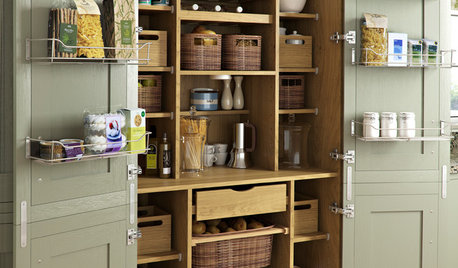
KITCHEN PANTRIES80 Pretty and Practical Kitchen Pantries
This collection of kitchen pantries covers a wide range of sizes, styles and budgets
Full Story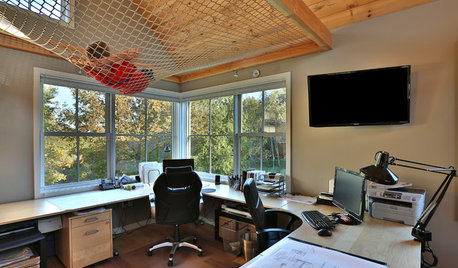
DESIGN PRACTICEHow to Set Up Your Design Studio at Home
Learn from an architect how to create a workspace that fuels your practice and feeds you inspiration
Full Story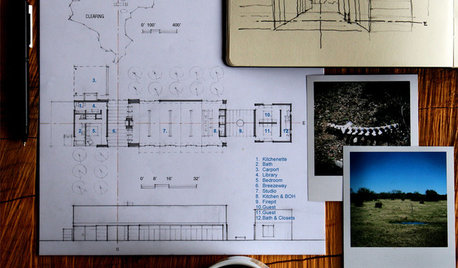
ARCHITECTUREDesign Practice: The Basics of Marketing Your Business
Pro to pro: Attract clients and get paying work by drawing attention to your brand in the right places
Full Story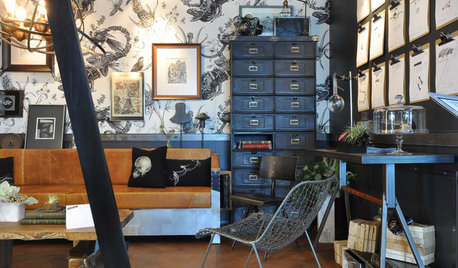
THE ART OF ARCHITECTUREDesign Practice: 11 Ways Architects Can Overcome Creative Blocks
When inspiration remains elusive, consider these strategies for finding your creative muse
Full Story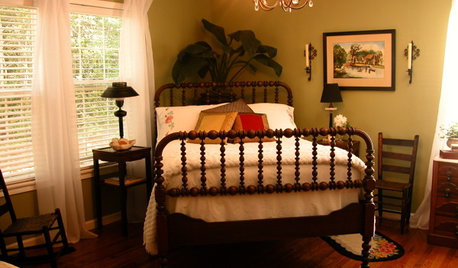
BEDROOMSStyling Your Bedroom: The Corner Bed Floor Plan
Put the bed in the corner for a whole new angle on your furniture arrangement
Full Story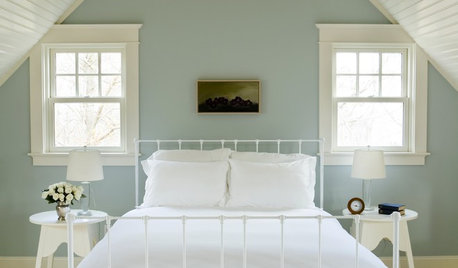
MORE ROOMSAttic Bedrooms Turn a Corner
No longer mere storage space for broken dolls and old clothes, attics are being turned into the most stylish of bedrooms
Full Story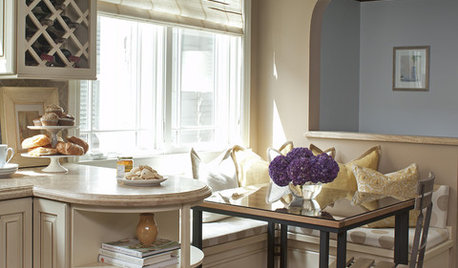
KITCHEN DESIGN12 Cozy Corner Banquettes for Kitchens Big and Small
Think about variations on this 1950s staple to create a casual dining spot in your home
Full Story
INSIDE HOUZZPro Corner: Add Keywords to Your Photos
Make your photos searchable by Houzz users by adding keywords for style, product descriptions and more
Full Story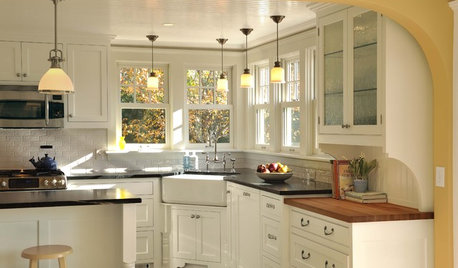
KITCHEN DESIGNIs a Kitchen Corner Sink Right for You?
We cover all the angles of the kitchen corner, from savvy storage to traffic issues, so you can make a smart decision about your sink
Full Story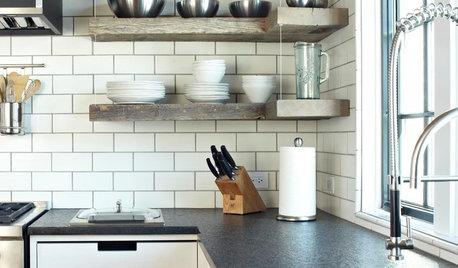
KITCHEN DESIGNKitchen Confidential: 13 Ideas for Creative Corners
Discover clever ways to make the most of kitchen corners to get extra storage and additional seating
Full StorySponsored
Custom Craftsmanship & Construction Solutions in Franklin County
More Discussions






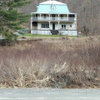
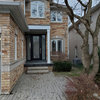
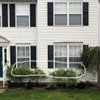

woodyoak zone 5 southern Ont., Canada
pls8xx
Related Professionals
East Chicago Landscape Contractors · Estelle Landscape Contractors · Fairhope Landscape Contractors · Fort Mill Landscape Contractors · Indio Landscape Contractors · Las Vegas Landscape Contractors · Los Banos Landscape Contractors · Milford Mill Landscape Contractors · Mission Bend Landscape Contractors · North Highlands Landscape Contractors · Northbridge Landscape Contractors · Wallingford Landscape Contractors · Arlington Heights Decks, Patios & Outdoor Enclosures · Fort Myers Decks, Patios & Outdoor Enclosures · Stafford Decks, Patios & Outdoor Enclosuresadriennemb2
tanowicki
inkognitoOriginal Author
deviant-deziner
inkognitoOriginal Author
mad_gallica (z5 Eastern NY)
tanowicki
inkognitoOriginal Author
pls8xx
Brad Edwards